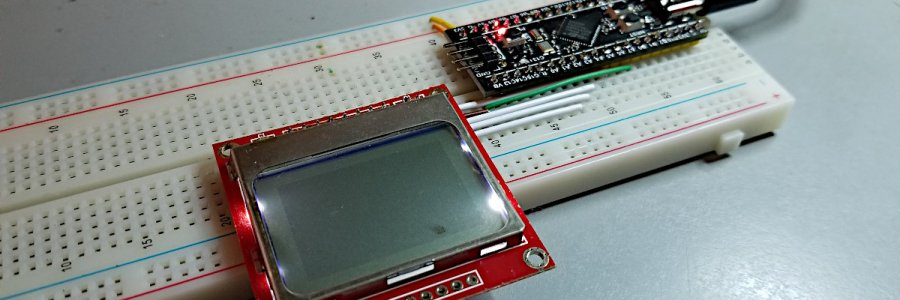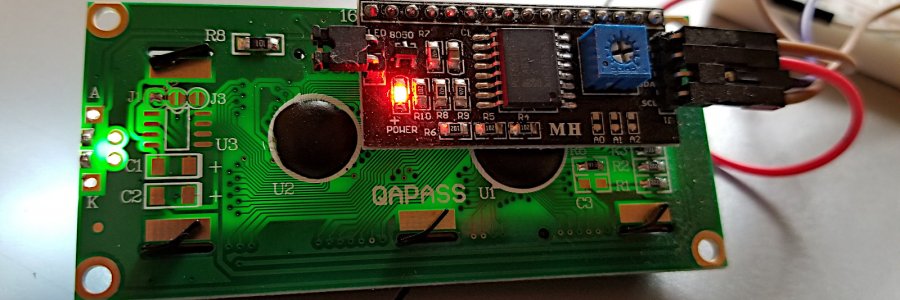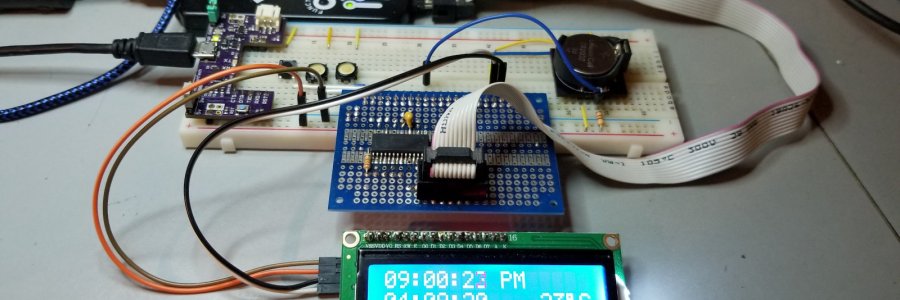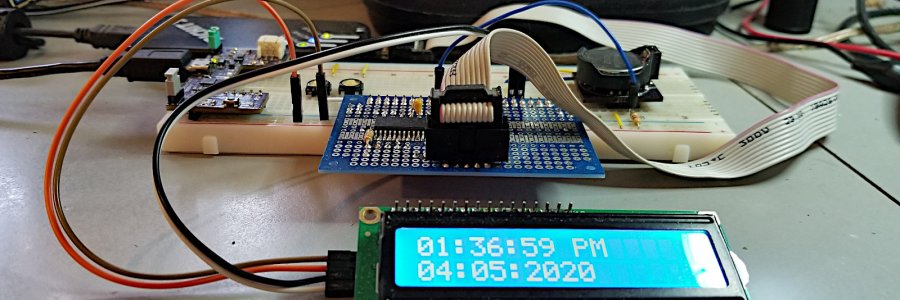Most microcontrollers these days are 3.3 volt. I've been using plain old cheap 5 volt 1602 LCDs forever, but I got tired of always having to set up dual voltage to my breadboards. 1602 LCDs work fine with 3.3V signals, but the backlights are dim and the LCD is sort of faded at 3.3V. I know you can a...
Today's little project was driving a Nokia 5110 LCD with the Black Pill board. The 5110 phone was introduced in 1998. The display is monochrome and resolution is 84 x 48 pixels. Pretty savage by today's standards. But they're cheap and easy to drive. Good for microcontroller projects.
I had some o...
I set up the Black Pill to drive a 1602 LCD with a PC8574T I2C backpack board.
I wrote a little MicroPython code for hardware I2C and... it didn't work. I beat my head against that wall for a long time. In the end, as far as I can find out from lots of online searching and trying a long series of...
A whole lot of rewriting and changes has happened since the last post. It's far from complete, but what's there is fairly useable, I think. I'm a whole lot happier with this code than the last iteration. But that could change quickly. We shall see...
I cut i2c timings down from 20uS to 10uS, and t...
After getting my clock code to the stage it was at in Part 2, I started to refine the code and add features. That code was pretty quick and dirty. It worked, but still needed lots of work.
I started looking at actual i2c timings. I had built my clock code by just picking a random number (100uS) th...




